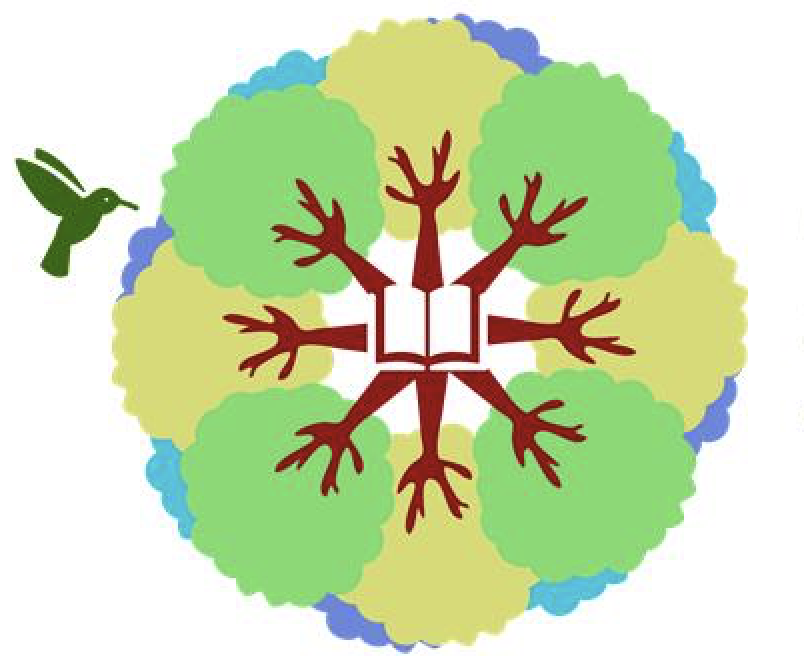| Title | Rationale | Aichi targets |
|---|---|---|
| TARGET 1: By 2028, the conservation status of nationally and globally threatened species in the country from 2016 levels | The Philippines is identified as one of the world’s 17 most biologically rich countries. Its terrestrial and marine habitats are characterized by high endemism – nearly half of all its flora and fauna... |
|
| TARGET 20: By 2028, there will be a 20% increase from 2015 levels in the coverage of established marine protected areas/ |
|
|
| TARGET 2: By 2028, there will be no net loss in natural forest cover. | Forests are important ecosystems that serve as habitats for many terrestrial species and provide vital resources for our social, environmental and economic well- being. The forestry sector also... |
|
| TARGET 3: By 2028, there will be no net loss in presence and area distribution of live coral cover, mangroves, and seagr | Fish is the second most important staple food of Filipinos. Coral reefs, seagrass meadows and mangroves help supply tons of edible and economically important fish every year. They provide temporary... |
|
| TARGET 4: By 2028, over 50% of genetic diversity of cultivated plants and farmed and domesticated animals and wild relat | The PBSAP 2015-2028 identified agrobiodiversity as a new thematic focus and recigbnized the importance of genetic diversity in animals and plantsw.The genetic diversity found in domestic animal breeds... |
|
| TARGET 5: By 2028, the population of migratory bird species identified in selected inland and coastal wetlands along the | The Philippines is part of East Asian-Australasian Flyway and is an important staging and wintering area for migratory birds in search of food and temporary habitats. Many wetland areas in the country... |
|
| TARGET 6: By 2028, there will be a 5% increase in the proportion of green spaces in the five largest cities. | At present, about 45% of the Philippine population lives in cities. By 2050, the number is expected to increase to about 65%[1]. The PBSAP 2015-2028 acknowledges the importance of ensuring livability... |
|
| TARGET 7: By 2028, as a result of improved conservation, ecosystem services provided by key biodiversity areas will be e | ||
| TARGET 8: By 2028, fish stocks of economically important species will be maintained. | Fisher overcapacity has resulted in major overexploitation of Philippine reef fisheries. Demersal fish stocks are biologically and economically overfished in almost all areas other than Eastern Luzon... |
|
| TARGET 9: By 2028, there will be an annual increase of at least 5% in biodiversity conservation related jobs (ecotourism | The conservation and sustainable use of biodiversity provides a vital source of livelihood for many Filipino. These can come from the practice of many sectors such as sustainable agriculture and... |
